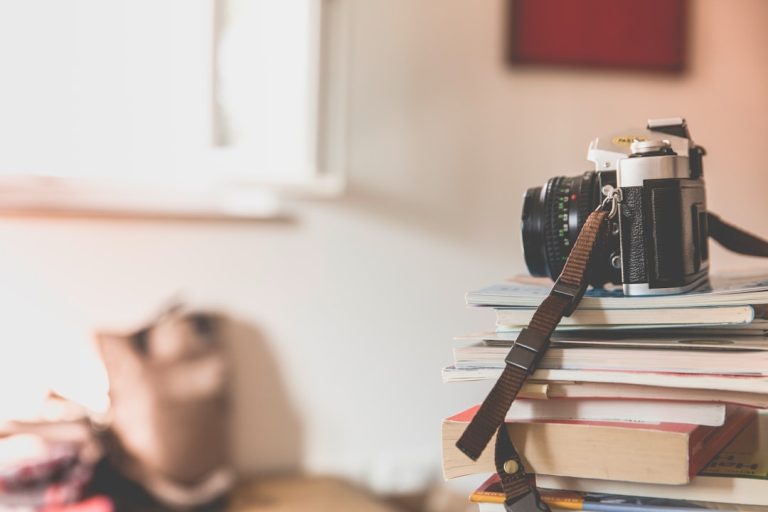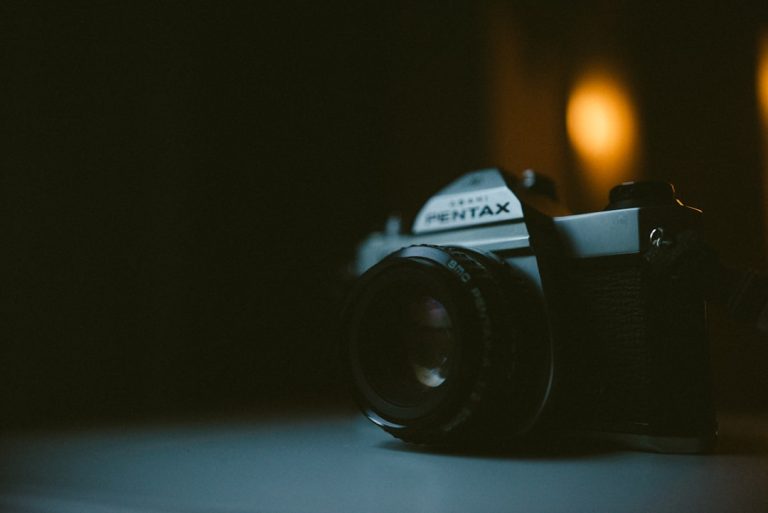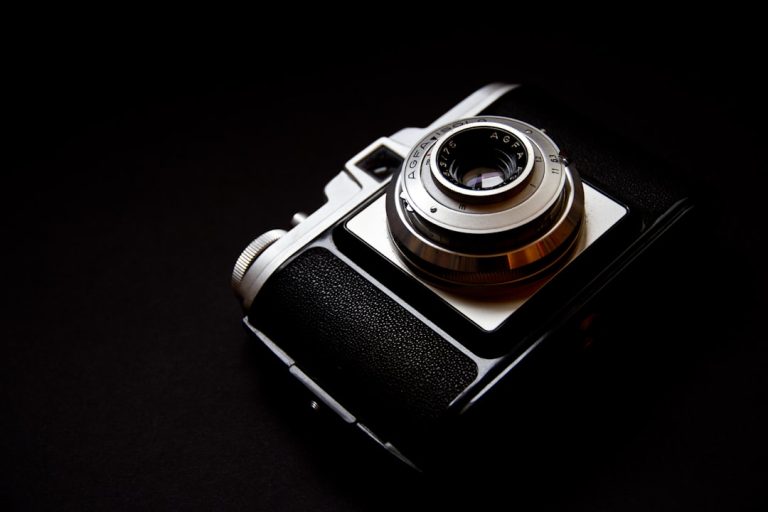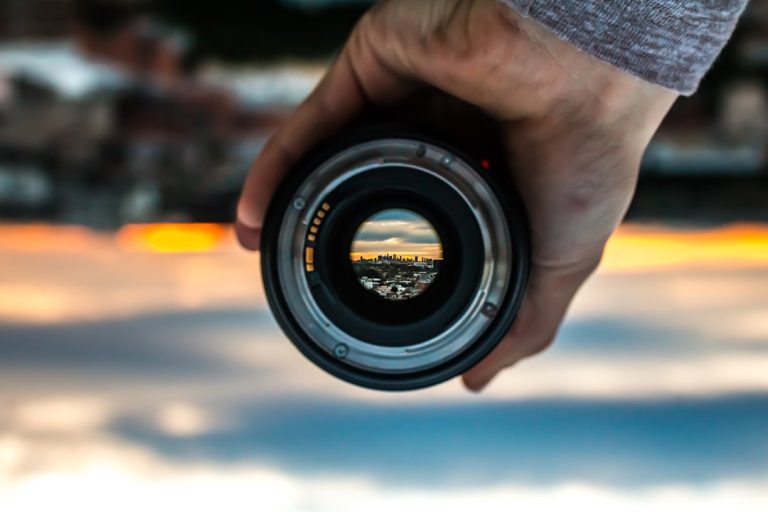Photography equipment is traditionally used to capture stunning images, but there’s a whole world of unconventional uses for these tools that can spark your creativity and take your photography to new, unexpected places. The beauty of photography lies in its versatility—its equipment can be transformed into multi-functional tools that go beyond their intended purpose. From creating new artistic expressions to solving unique technical challenges, photographers can embrace unconventional uses of their gear to push boundaries and discover fresh perspectives.
One of the most innovative ways to use photography equipment creatively is to repurpose camera lenses for unconventional purposes. While lenses are designed to capture sharp, clear images, they can also be used to create distorted, abstract visuals. By holding a lens in front of your camera, but not fully attaching it, you can create dreamlike bokeh effects, or use a macro lens to explore the fine details of textures like fabric or tree bark that might otherwise go unnoticed. Lenses can also be used for special effects, such as taking a wide-angle lens and bending it slightly to create fisheye or curvilinear perspectives that completely alter how you view a subject.
Another unconventional yet exciting use of photography gear is the incorporation of light modifiers in new ways. Softboxes, reflectors, and diffusers are often used in portraiture and studio photography, but they can also be used in outdoor and nature photography to create captivating effects. For example, using a reflector to bounce sunlight onto a subject can create interesting shadows or highlights in an environment where natural light might be harsh. A diffuser, typically used to soften a harsh light source, can also be used in outdoor settings to create ethereal, diffused light during golden hour or even to soften streetlights in urban photography. The manipulation of light through these tools offers endless creative possibilities, transforming mundane scenes into striking works of art.
Strobes and flashes, commonly associated with portrait and event photography, can also be used in more experimental ways. A flashlight or portable studio flash can act as a creative light-painting tool, where photographers use the light source to “paint” long-exposure photographs. This technique opens up a world of artistic expression, where photographers can create intricate patterns, abstract shapes, or even words illuminated in the air. The possibilities are endless, and this approach allows for unique, almost otherworldly images that cannot be replicated in any other way.
Similarly, tripods—often used for stability in landscape and long-exposure shots—can be transformed into a tool for movement-based creativity. By placing your camera on a tripod and slightly loosening the legs, you can experiment with long-exposure motion blur. With a little practice, you can create beautiful abstract images of people or objects in motion. Another creative use of a tripod is to set up time-lapse photography sequences that capture the passage of time in dynamic ways, whether it’s clouds moving across the sky, a bustling city street, or the gradual changes in a scene from sunrise to sunset.
Photography filters, typically used to adjust exposure, color temperature, or add effects, can also open the door to exciting experimental applications. An ND (neutral density) filter can be used creatively to blur moving water or create surreal effects in environments where light is abundant. An infrared filter, often used in nature and landscape photography, can be used in unconventional settings to produce unusual color shifts or stark, high-contrast images. By shifting your lens through different colored filters, you can completely alter the mood and tone of your photos, turning an ordinary scene into something otherworldly.
Even the humble camera bag can be a source of creative inspiration. Not only does it protect your gear, but it can also be used as a prop in experimental photography. Whether you’re photographing a travel journey or documenting daily life, a camera bag can become an interesting foreground element in your compositions. You can also repurpose parts of the bag, such as straps or zippers, to create abstract patterns or textures in your shots. Using everyday objects creatively adds depth to your photography, turning ordinary items into extraordinary focal points.
Lastly, the process of manipulating and altering your photographs after they are taken can also be viewed as an unconventional use of your photography gear. Post-processing software, combined with the right tools and techniques, allows for creative edits that transform a simple image into a piece of art. Playing with contrast, saturation, or texture can create surreal interpretations of reality. You can also use digital tools to create composite images, blending elements from multiple shots into one cohesive, imaginative scene.
The world of photography is full of endless possibilities, and by thinking beyond the traditional uses of your equipment, you can discover new ways to express your vision and enhance your creativity. Experimenting with your gear not only results in unique photographic techniques but also helps you understand the full potential of your equipment. Whether you’re repurposing lenses for artistic distortion, experimenting with light in unconventional ways, or using your tripod for motion photography, the key is to remain curious and open to new methods. So go ahead—take your camera and its accessories on an unexpected journey, and let your creativity lead the way.




